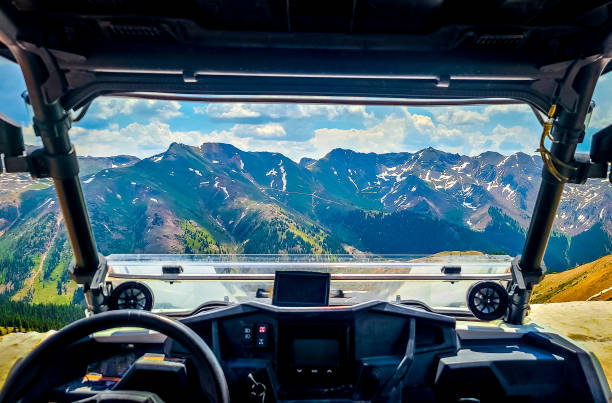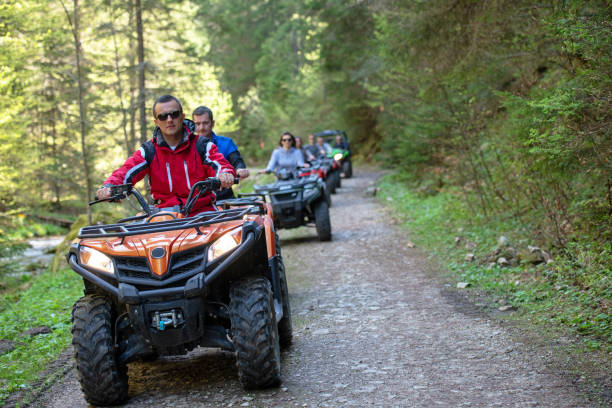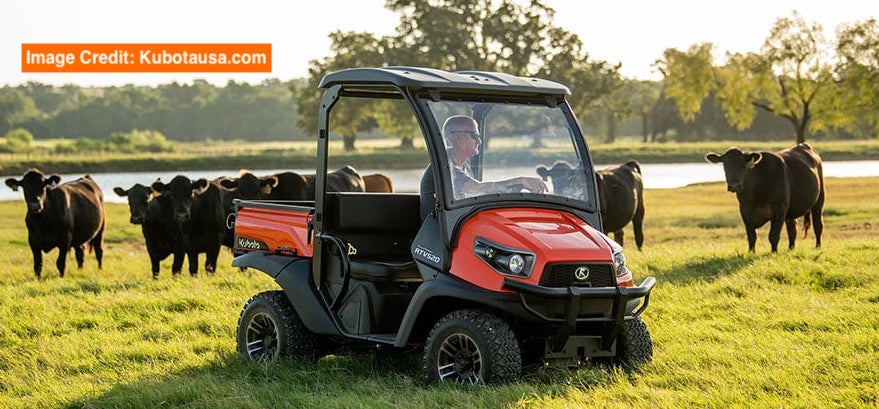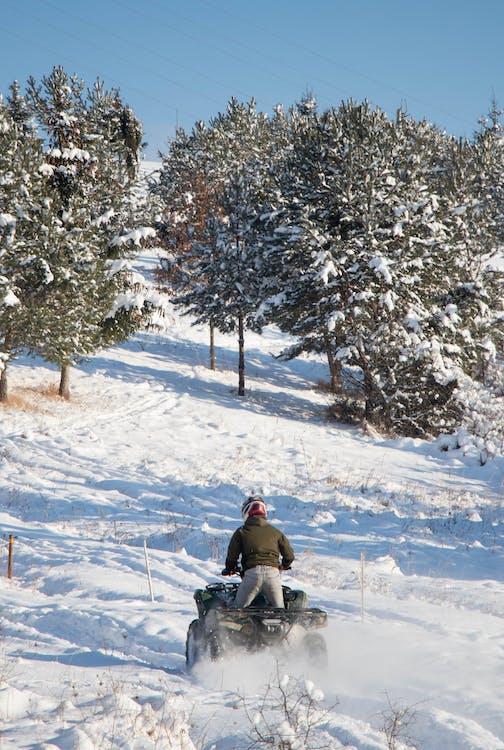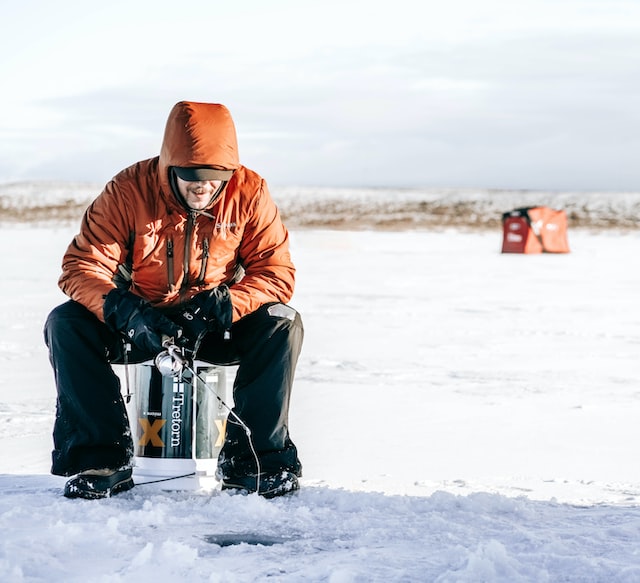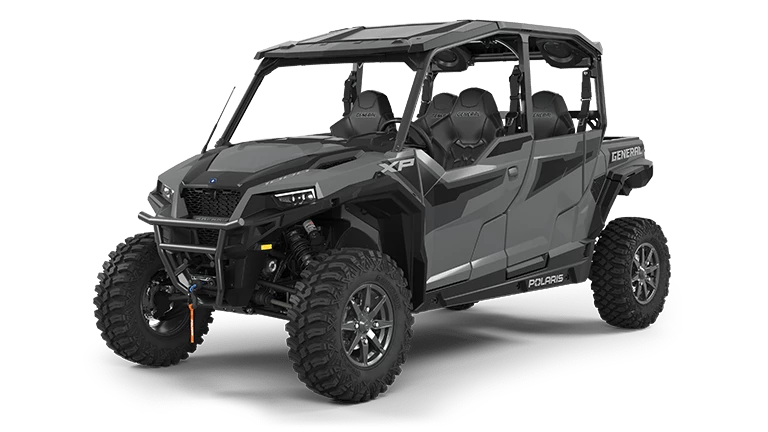As an Amazon Associate I may earn a commission from qualifying purchases at no additional cost to you.
Side-by-side ATVs, also known as UTVs (Utility Task Vehicles), are becoming increasingly popular for outdoor enthusiasts who enjoy exploring off-road trails, tackling rugged terrain, and participating in various recreational activities. Before embarking on any adventure, however, it’s essential to follow a Side-by-Side ATV Checklist for a safe and enjoyable experience.
In this article, we will discuss a comprehensive side-by-side ATV checklist that will cover essential maintenance checks, safety gear, and additional items that can make your off-road expedition more comfortable and enjoyable. This checklist will help ensure you’re well-prepared, whether you’re taking a leisurely ride through the countryside, participating in an off-road race, or embarking on a multi-day adventure in the wilderness.
Following a consistent and thorough checklist will not only help prolong the life of your ATV but promote a safer ride for you and your passengers. Prevention is key when it comes to vehicle maintenance and off-road safety, so familiarize yourself with the recommended items on this checklist and make it a habit to go through them before each ride.
Be sure to check out our other tips in our ultimate side-by-side ATV guide!
Pre-Ride Inspection
Before you hit the trails, it’s essential to perform a thorough pre-ride inspection of your side-by-side ATV. This can help ensure your safety, enhance your riding experience, and prolong the life of your vehicle. The following sub-sections detail key areas to check before taking your ATV for a ride:
Fluid Levels
Checking fluid levels is crucial for proper ATV operation. Make sure you inspect the following:
- Engine oil level
- Coolant level
- Brake fluid level
- Power steering fluid level (if applicable)
Tire Pressure and Condition
Proper tire pressure and condition are important for both safety and performance. Inspect the tires for:
- Adequate tread depth
- Correct tire pressure (refer to your owner’s manual for recommended PSI)
- No cuts, punctures, or visible damage
Brakes and Steering
Your brakes and steering systems are vital for maintaining control of your ATV. Check the following components:
- Brake pads for sufficient thickness
- Brake levers for smooth operation
- Steering assembly for proper alignment and responsiveness
Lights and Signals
Properly functioning lights and signals are essential for your safety, as well as the safety of others. Ensure that:
- Headlights, taillights, and brake lights are working
- Turn signals (if equipped) function as intended
Suspension and Drive Train
A well-maintained suspension and drive train can give you a smoother ride and minimize the risk of breakdowns. Be sure to inspect:
- CV joints and boots for wear or damage
- Wheel bearings for excessive play or reduced rotation
- Shock absorbers for leaks or damage
Personal Safety Gear
When riding a side-by-side ATV, it’s crucial to prioritize personal safety by wearing the appropriate gear. This section focuses on essential safety equipment and its benefits.
Helmets and Eyewear
First and foremost, helmets are of utmost importance as they protect your head from serious injuries in case of accidents. Choose a certified helmet that fits snugly and provides ample ventilation. Simultaneously, invest in good-quality eyewear like goggles or safety glasses to protect your eyes from dust, debris, and insects while riding.
Protective Clothing
Wearing proper protective clothing can help prevent cuts, abrasions, and burns while riding the ATV:
- Long-sleeved shirts and pants: Choose abrasion-resistant materials to protect your arms and legs from injury.
- Chest protectors and body armor: These offer an extra layer of protection to your vital organs and can shield against impacts and punctures.
- Knee and elbow pads: They protect your joints in case of a fall and can prevent serious injuries.
Footwear and Gloves
Lastly, your extremities need protection as well:
| Footwear | Gloves |
|---|---|
|
|
Remember that appropriate gear not only ensures your safety but also enhances the overall riding experience, allowing you to enjoy your side-by-side ATV adventures to the fullest.
Emergency Equipment
When heading out on a side-by-side ATV adventure, it’s essential to be prepared for any emergency situations that may arise. This section will discuss the necessary emergency equipment, covering repair tools and recovery equipment.
Repair Tools
Carrying the right repair tools is crucial in case your ATV encounters any technical issues while off-roading. A basic toolbox should include:
-
Wrenches and socket sets in various sizes
-
Screwdrivers with a variety of head types
-
Pliers with different nose shapes and functions
-
An adjustable wrench for versatile use
-
A compact air pump or tire repair kit to fix flat tires
-
Allen wrenches to tighten or loosen bolts, as needed
-
Portable jumper cables for battery-related issues
Recovery Equipment
Accidents and unexpected situations can occur at any time while off-roading. To ensure your safety and the ability to continue your adventure, consider carrying the following recovery equipment:
-
A heavy-duty tow strap to pull out your ATV from difficult terrain or mud
-
Anchor points, such as D-rings, to secure the tow strap to your ATV
-
A winch with sufficient pulling capacity for your side-by-side
-
Shovel for digging out excess soil or debris
-
First aid kit with essential medical supplies for treating minor injuries
Properly equipping your side-by-side ATV with the necessary emergency equipment can help ensure a safe and enjoyable off-road experience.
On-Trail Checklist
Trail Etiquette
Always respect your fellow riders and the environment by practicing proper trail etiquette. Some key points include:
- Stay on marked trails and respect posted signs.
- Pass other riders cautiously and signal your presence by using hand signals or a friendly honk.
- Slow down when approaching blind corners, intersections, or cresting hills.
- Minimize noise, especially near residential or wildlife areas.
- Pack out trash and dispose of it properly.
Navigation and Communication
Good navigation and communication are essential for a safe and enjoyable ride. Follow these guidelines:
- Bring a detailed map or GPS device with up-to-date trail data.
- Familiarize yourself with the trail system and landmarks before you set out.
- Ensure your group has a communication plan, such as two-way radios, for emergency situations or staying informed of each other’s location.
- Inform someone not on the ride of your planned route and estimated return time.
Weather and Terrain Considerations
Understand the weather forecast and terrain conditions to prepare accordingly. Here are some considerations:
- Check the weather forecast for your riding area and dress for the conditions.
- Be aware of seasonal trail conditions and potential hazards, such as mud, ice, or flooding.
- Choose the appropriate tire type and pressure for optimal traction on various surfaces.
- Adjust your riding speed and technique based on visibility, trail conditions, and rider experience.
Post-Ride Maintenance
Cleaning and Inspection
After a ride, it’s important to clean your side-by-side ATV to remove dirt and debris. Use a pressure washer or hose to clean the exterior:
- Wheels and tires
- Engine and drive train
- Undercarriage
- Trailer and hitch
Once clean, closely inspect your ATV for signs of wear, damage, or loose components. Pay attention to:
- Brake pads and lines
- Bushings and bearings
- Suspension components
- Steering linkage and joints
Lubrication and Adjustments
Regular lubrication is essential to the longevity and performance of your side-by-side. Refer to your owner’s manual for proper lubricant types and intervals. Key areas to lubricate include:
- Engine oil
- Transmission and differential fluids
- Drive chains and sprockets
Make any necessary adjustments to parts such as:
- Drive belt tension
- Clutches
- Throttle and brake cables
Storage and Documentation
Proper storage is crucial to protecting your side-by-side from the elements and potential theft:
- Store in a secure, covered area with ample ventilation
- Use a lock and chain to secure your vehicle
Maintain organized documentation for your side-by-side:
- Keep a maintenance log
- Retain receipts for parts and services
- Update registration and insurance information as needed


